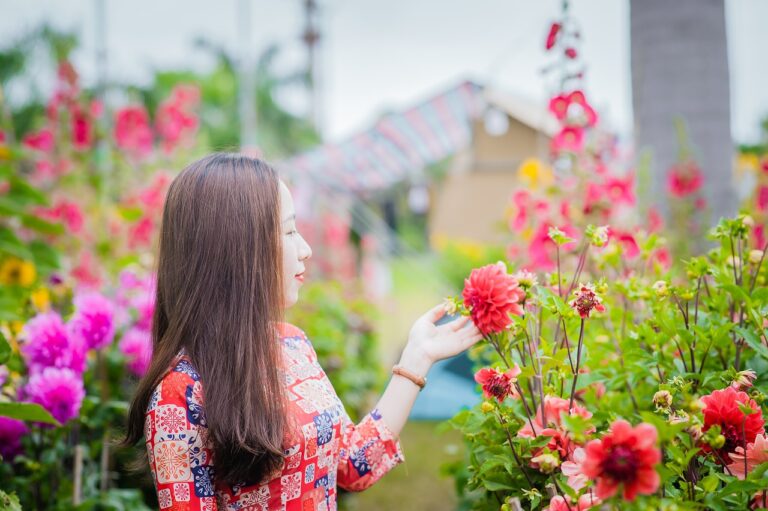The Impact of Afrofuturism on Fashion: Afrocentric Styles and Afrocentric Styles
Afrofuturism in fashion is a dynamic movement that incorporates elements of futuristic design with African cultural influences. Key elements of Afrofuturism in fashion often include a celebration of black identity, a reimagining of history, and a vision for a technologically advanced future. This unique blend of tradition and innovation is reflected in the use of vibrant colors, bold patterns, and intricate details that pay homage to African heritage while also pushing the boundaries of conventional fashion.
Another important aspect of Afrofuturism in fashion is the emphasis on self-expression and empowerment. By incorporating elements of science fiction, fantasy, and technology into their designs, designers are able to create futuristic silhouettes and designs that challenge societal norms and redefine the possibilities of fashion. This fusion of imagination and reality allows individuals to explore new identities and narratives through their clothing, ultimately creating a space for diverse perspectives and voices within the fashion industry.
Incorporation of Traditional African Textiles and Prints
A key element in the realm of fashion trends is the incorporation of traditional African textiles and prints. Designers around the world have been embracing these vibrant and culturally significant fabrics to infuse their collections with a unique flair. From bold Ankara prints to intricate Kente cloth, these textiles add a rich tapestry of history and heritage to contemporary fashion pieces.
By integrating traditional African textiles and prints into their designs, fashion creators are not only paying homage to the continent’s rich cultural heritage but also sparking a dialogue about diversity and inclusion in the industry. These fabrics celebrate the artistry and craftsmanship of African artisans, bringing attention to the intricate weaving techniques and symbolic motifs that each piece carries. In a world where fast fashion often dominates, the use of traditional African textiles serves as a reminder of the beauty and value of slow, intentional design processes.
Exploration of Futuristic Silhouettes and Designs
One of the key components of Afrofuturism in fashion is the exploration of futuristic silhouettes and designs. This futuristic approach often involves the use of unconventional shapes, structures, and textures that push the boundaries of traditional fashion norms. Designers draw inspiration from sci-fi, technology, and fantasy to create garments that exude a sense of modernity and innovation.
Futuristic silhouettes can be seen in the exaggerated proportions, asymmetrical cuts, and unexpected details that define many Afrofuturistic fashion pieces. These designs challenge conventional notions of beauty and style, inviting the wearer to embrace bold and avant-garde aesthetics. By experimenting with new forms and techniques, designers bring a fresh perspective to the fashion industry and redefine what it means to be at the forefront of sartorial innovation.
What are some key elements of Afrofuturism in fashion?
Some key elements of Afrofuturism in fashion include the use of futuristic silhouettes, incorporation of traditional African textiles and prints, and a focus on innovative and forward-thinking designs.
How are traditional African textiles and prints incorporated into Afrofuturistic fashion?
Traditional African textiles and prints are often incorporated into Afrofuturistic fashion through the use of bold patterns, vibrant colors, and unique textures that pay homage to African heritage and culture.
What defines futuristic silhouettes and designs in Afrofuturistic fashion?
Futuristic silhouettes and designs in Afrofuturistic fashion are characterized by unconventional shapes, avant-garde construction techniques, and avant-garde materials that push the boundaries of traditional fashion norms.
How can one explore and incorporate Afrofuturistic elements into their own style?
One can explore and incorporate Afrofuturistic elements into their own style by experimenting with bold colors, unique textures, and innovative designs inspired by African culture and the concept of Afrofuturism.







